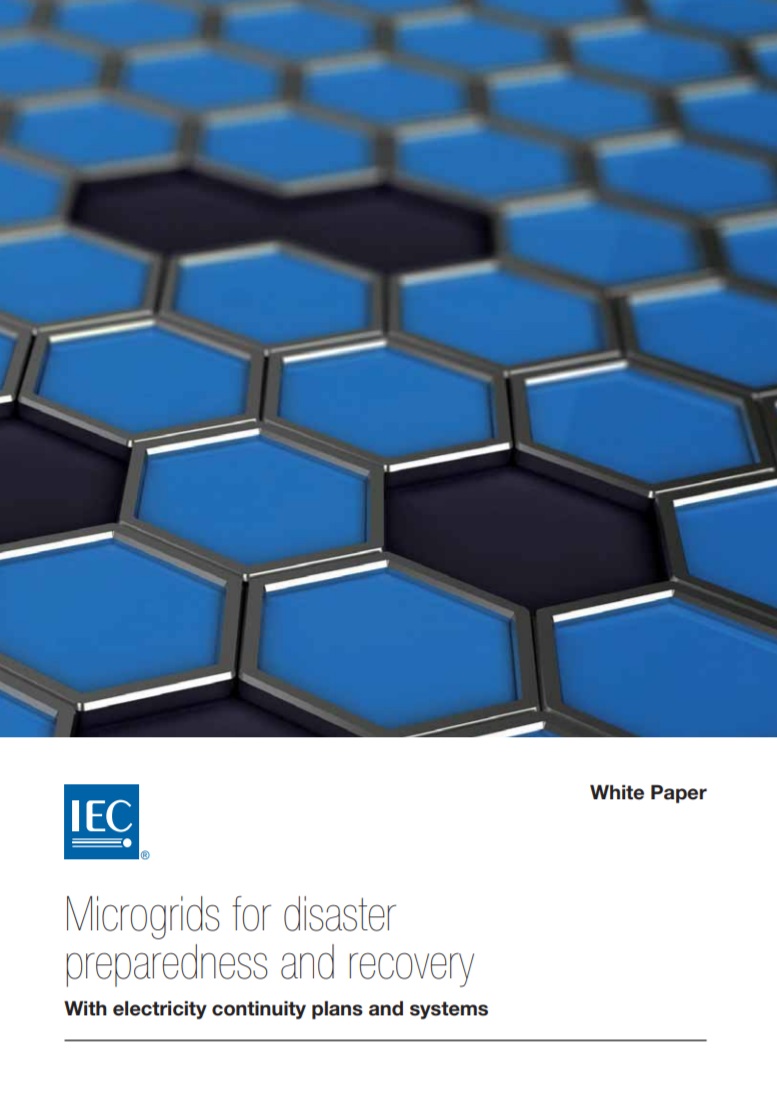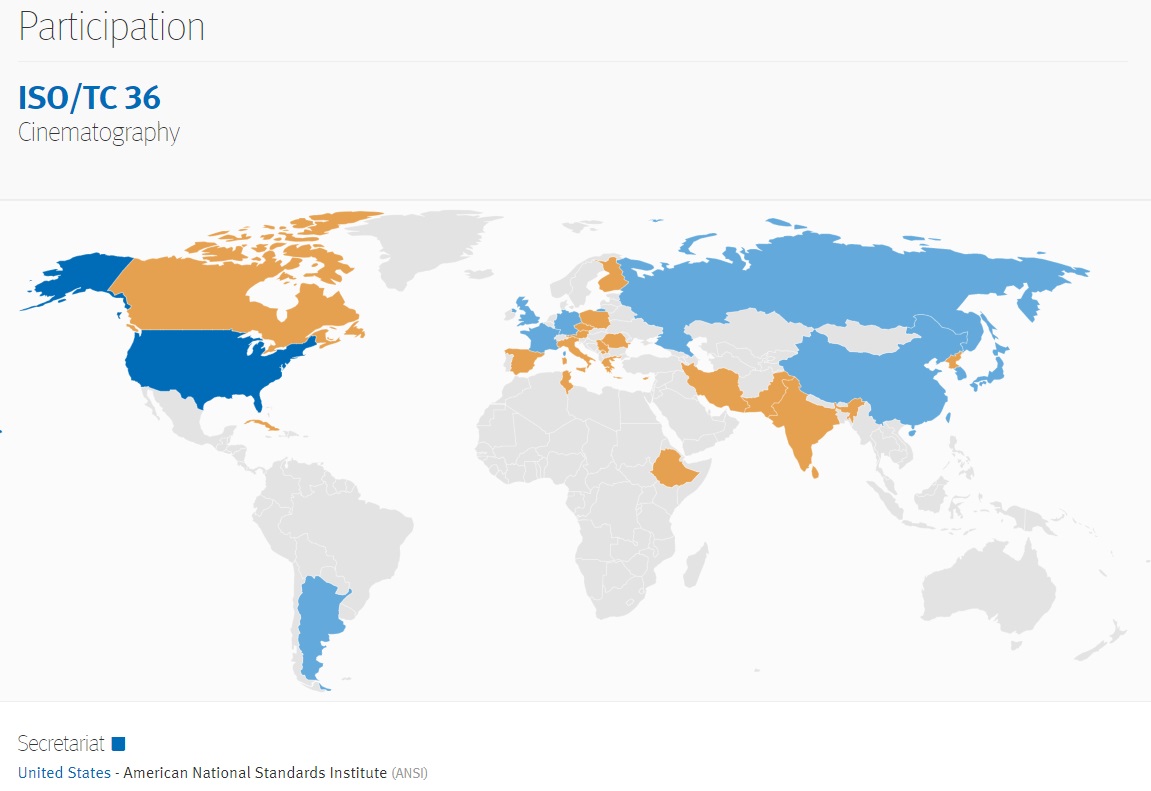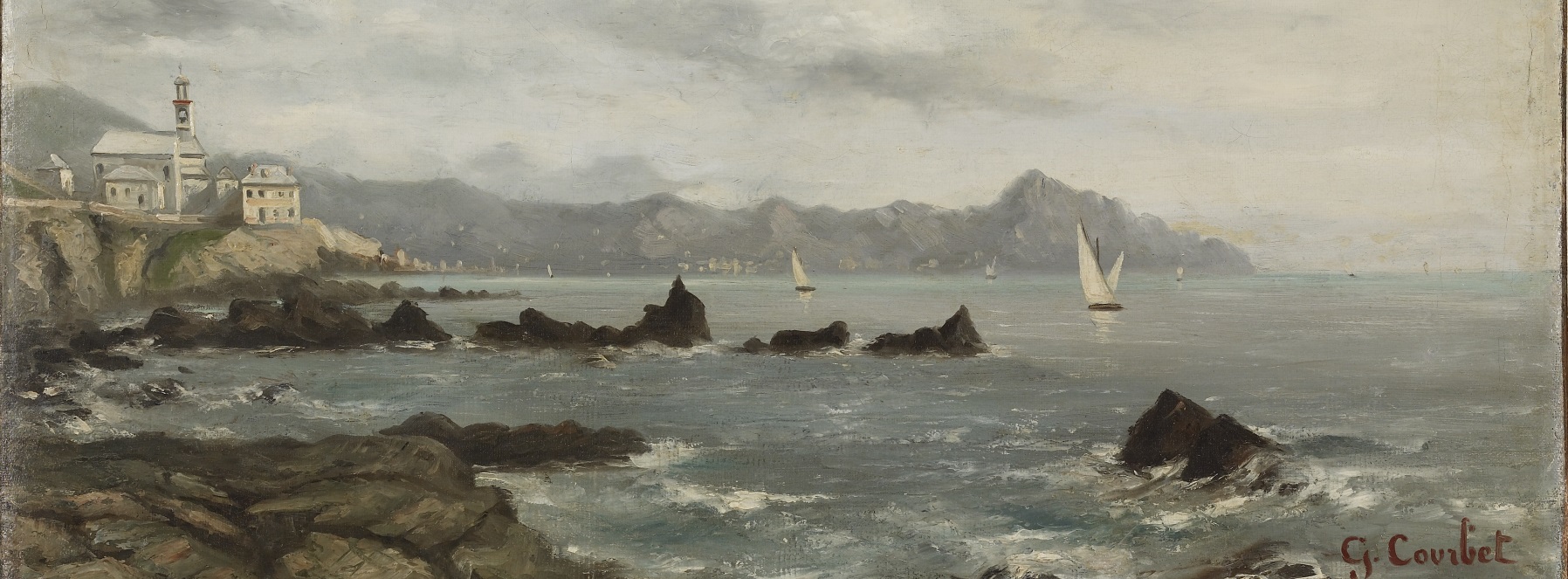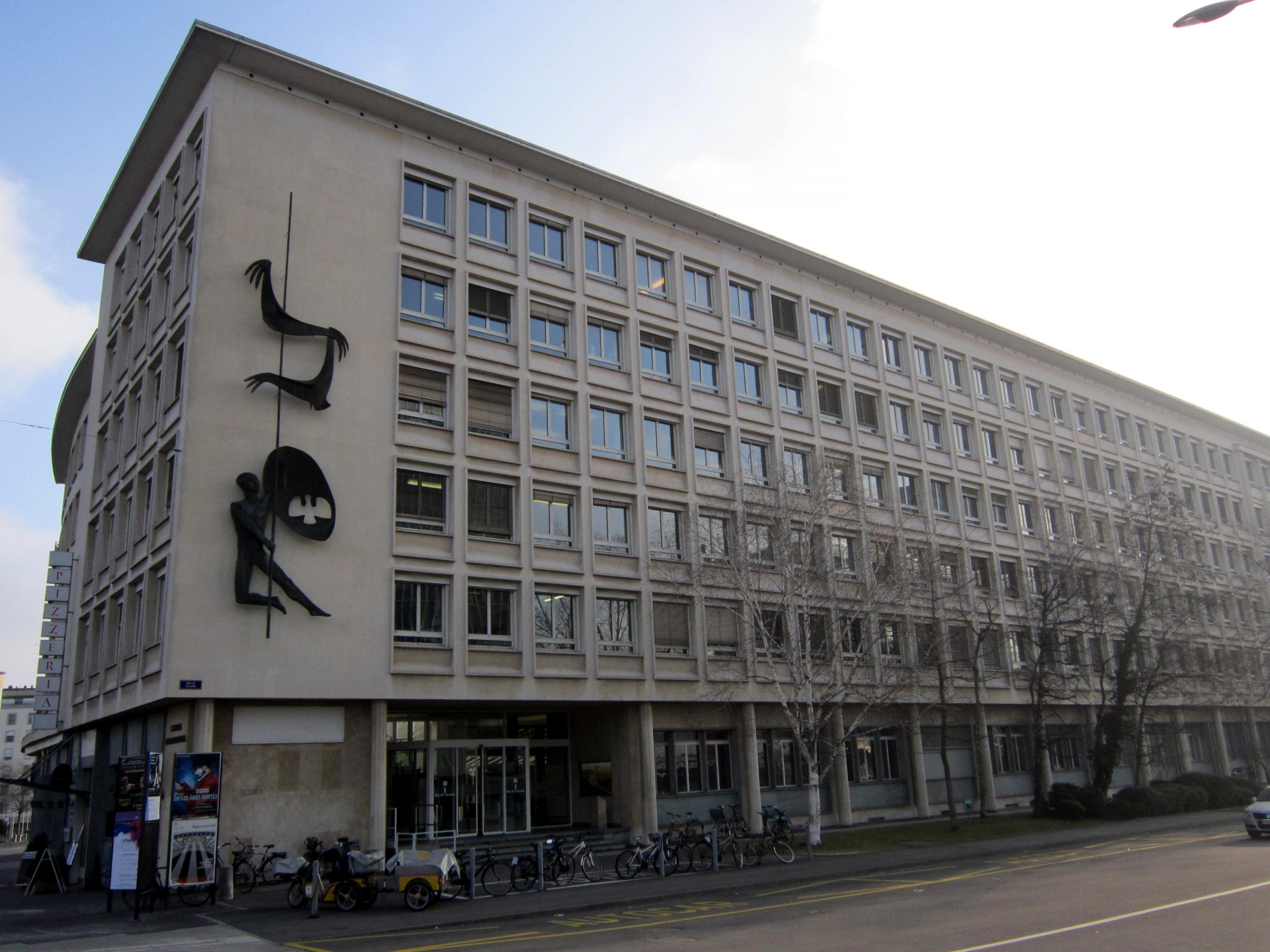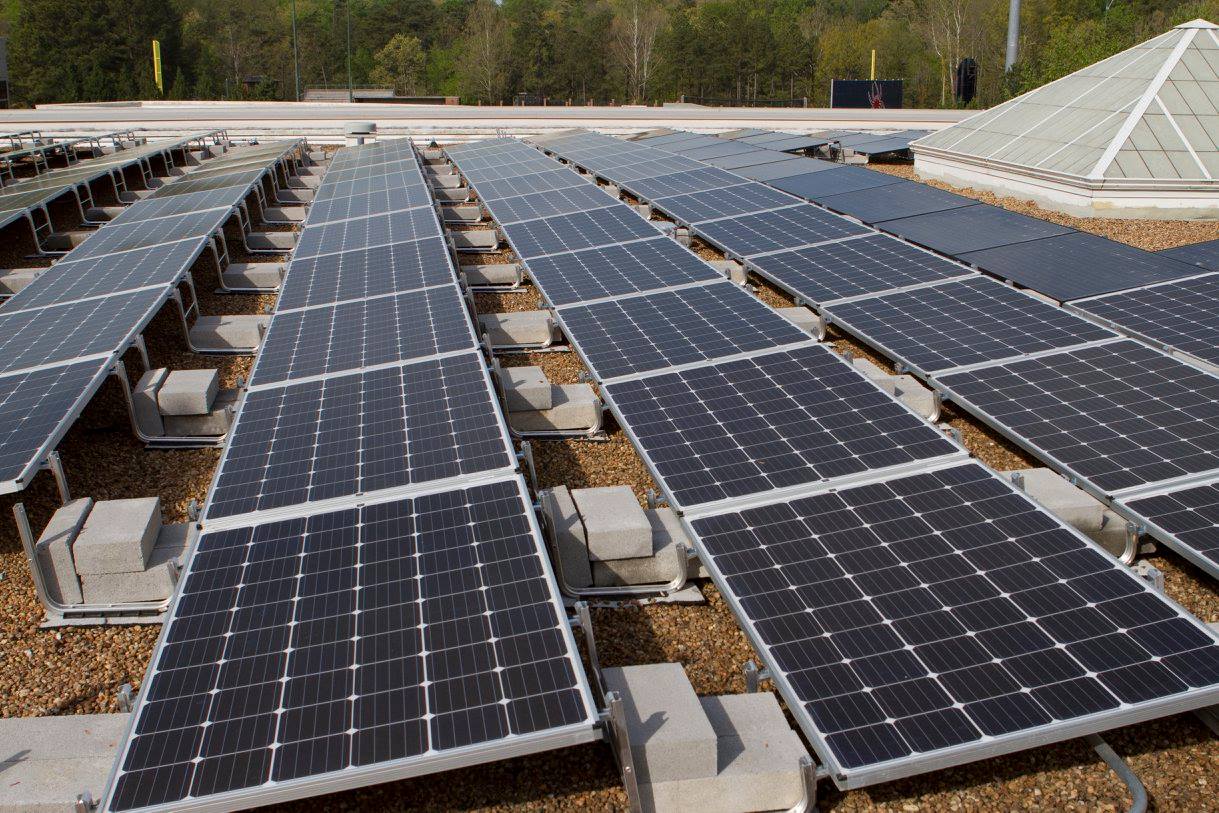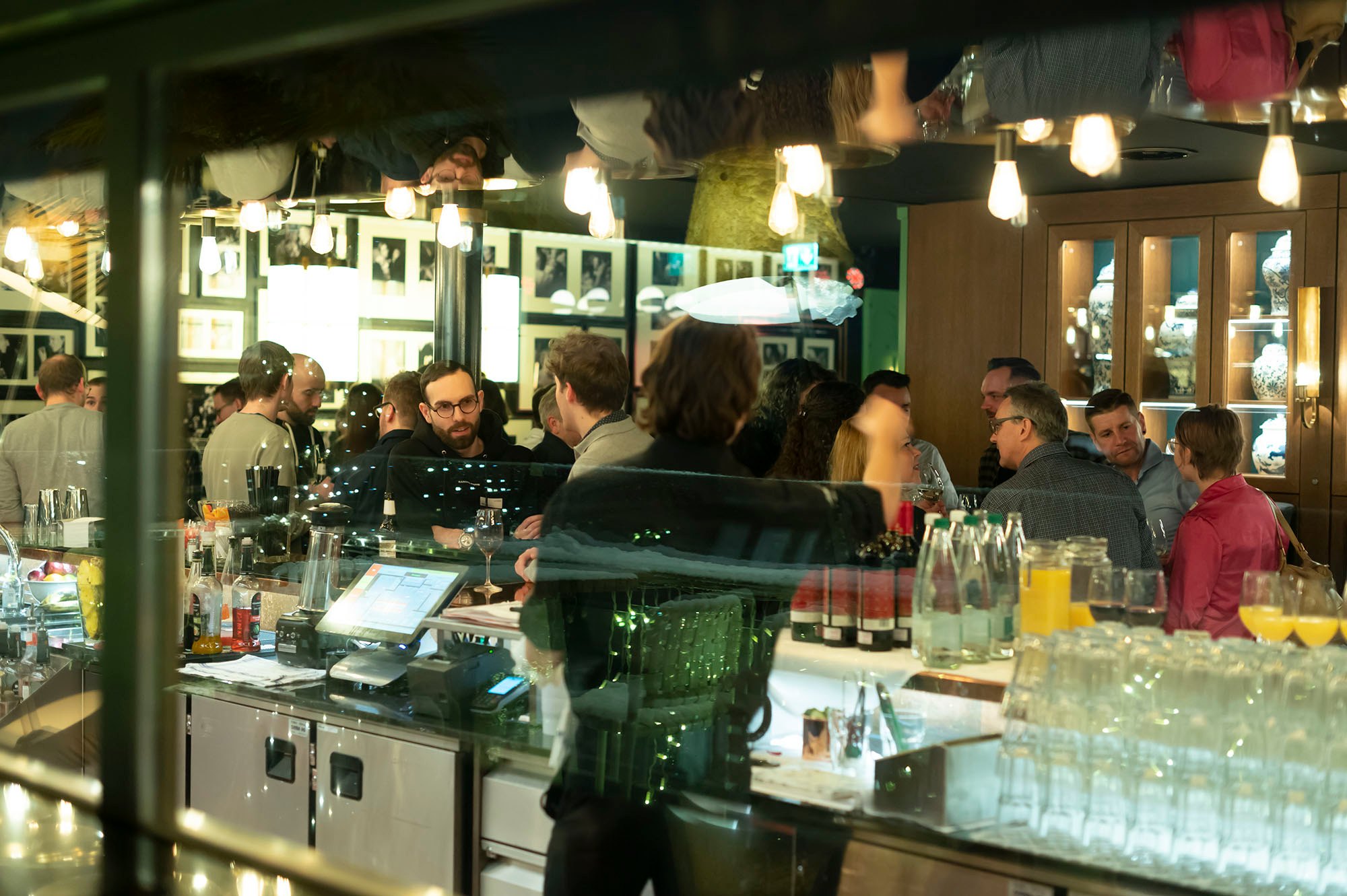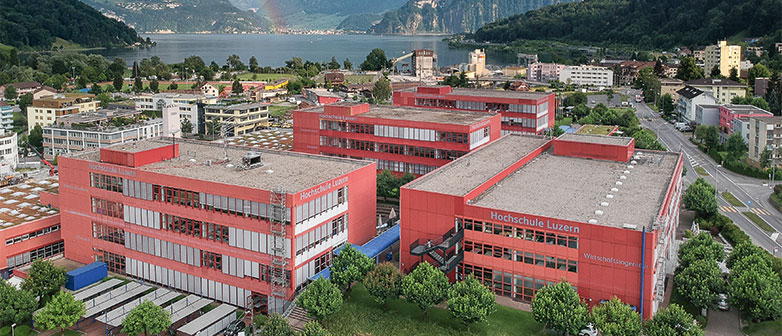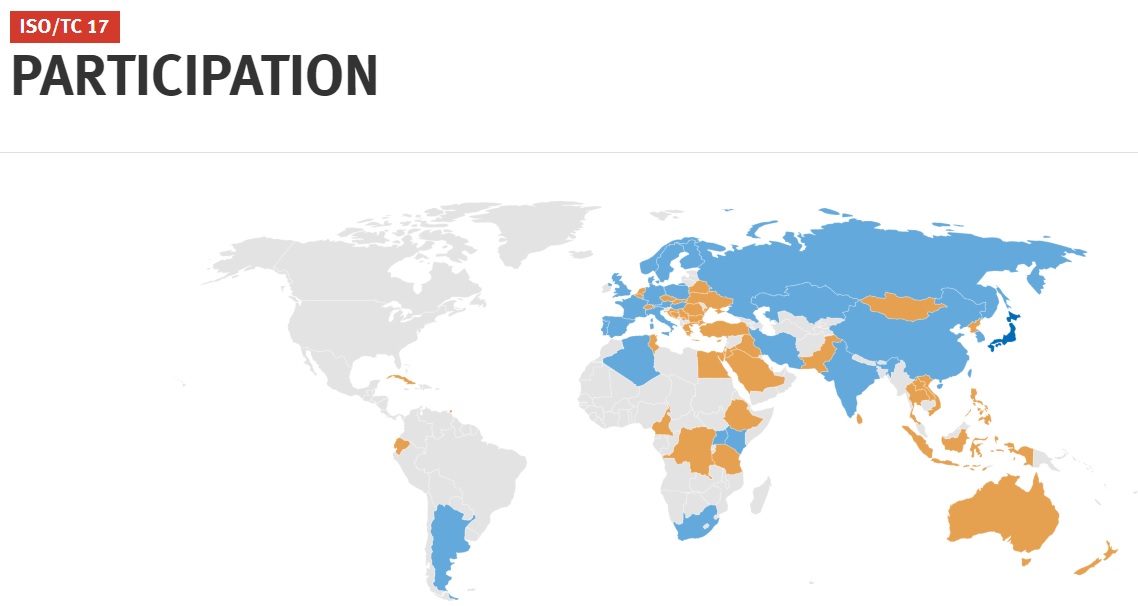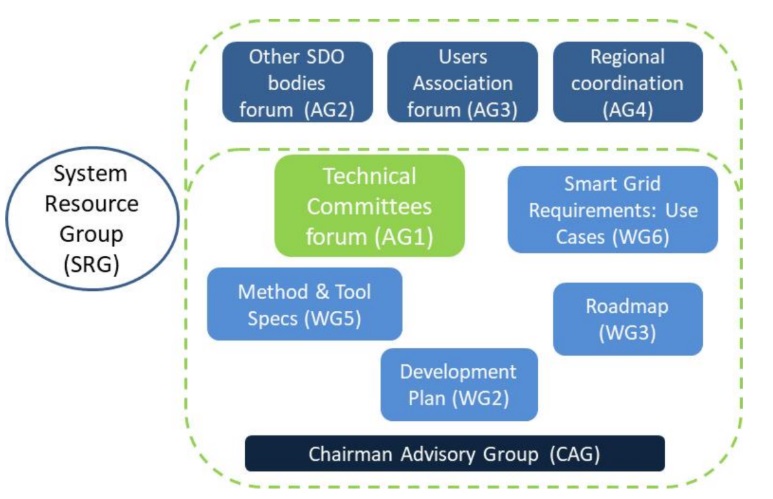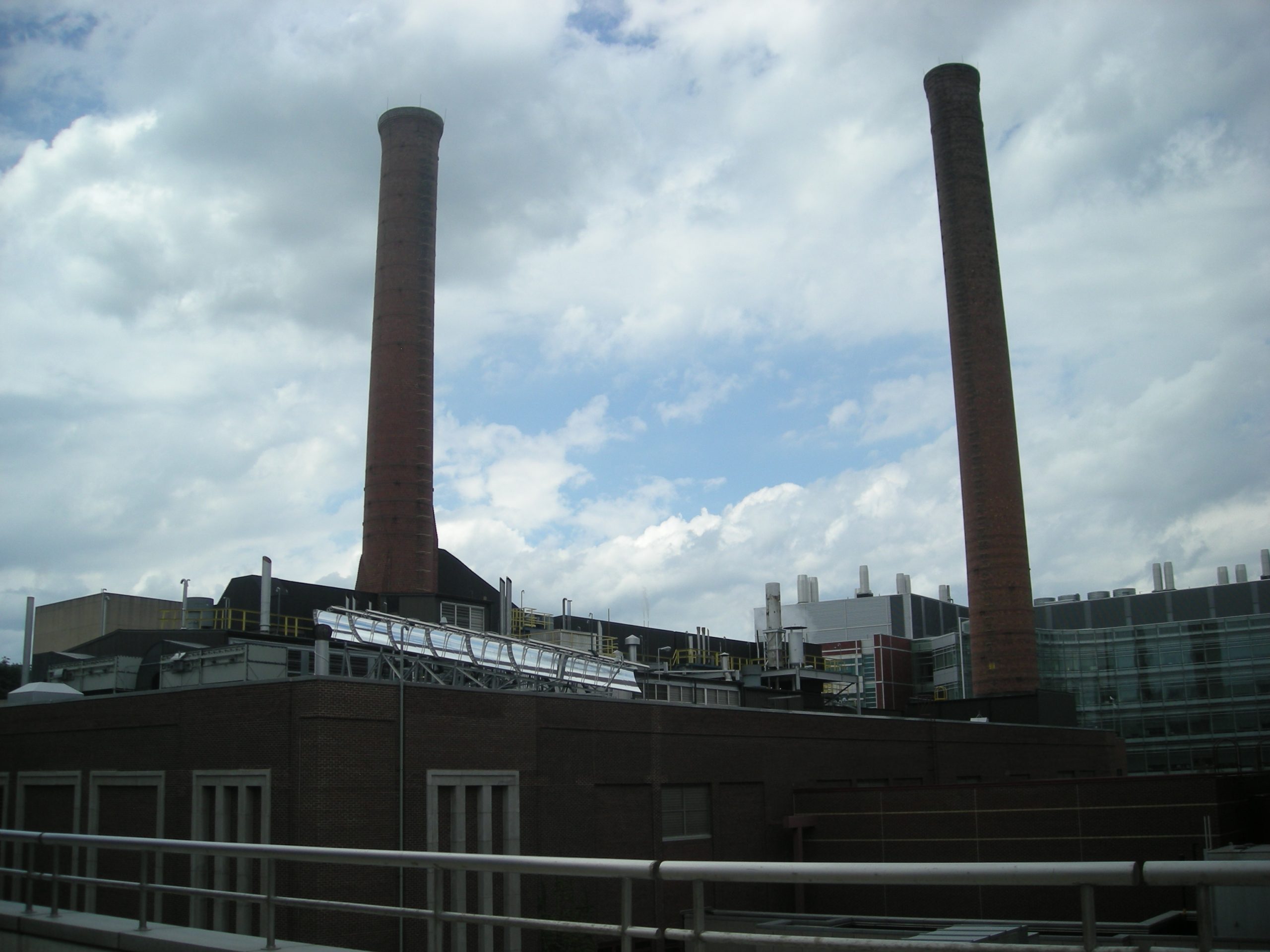Microgrids Technical Specification: Guidelines for microgrid projects planning and specification
Tag Archives: Switzerland
- Home
- Posts tagged "Switzerland" (Page 2)

Cinematography
“Non c’è fine. Non c’è inizio.
C’è solo l’infinita passione della vita. “
–Federico Fellini
Education communities provide a locus for lively art production, enjoyment and instruction. It is both a consumer and producer; with the expansion of massive open online curricula drawing from the visual arts of cinematography.
The International Organization for Standardization administers leading practice discovery and promulgation of the standards in these enterprises through Technical Committee 36. From the ISO/TC 36 prospectus:
Standardization of definitions, dimensions, methods of measurement and test, and performance characteristics relating to materials and apparatus used in silent and sound motion picture photography; in sound recording and reproduction related thereto; in the installation and characteristics of projection and sound reproduction equipment; in laboratory work; and in standards relating to sound and picture films used in television.
The American National Standards Institute is the ISO TC/36 Secretariat and the Society of Motion Picture and Television Engineers (SMPTE) is the US Technical Advisory Group Administrator (US TAG). We find SCTE present in safety and sustainability standards settings forums in many facility types in the education industry. It provides expertise to the Institute of Electrical and Electronic Engineers, the National Fire Protection Association, and the International Code Council, among others.
As commenting opportunities that are relevant to the US education industry present themselves, we will identify them here. As data from the US Bureau of Labor Statistics indicates, the demand for skill in this discipline is accelerating; with the education industry itself as a large consumer. We encourage students, faculty and staff to communicate directly with Mr. Thomas Bause Mason at SCTE, 3 Barker Avenue, Fifth Floor, White Plains, ny 10601, Phone: (914) 761-1100, Email: tbausemason@smpte.org. Educational institutions in other nations should contact their national representative to ISO TC/36
We sweep through all international standards that affect the education industry every nation. The time and date of our next teleconference on international standards is shown on our CALENDAR.
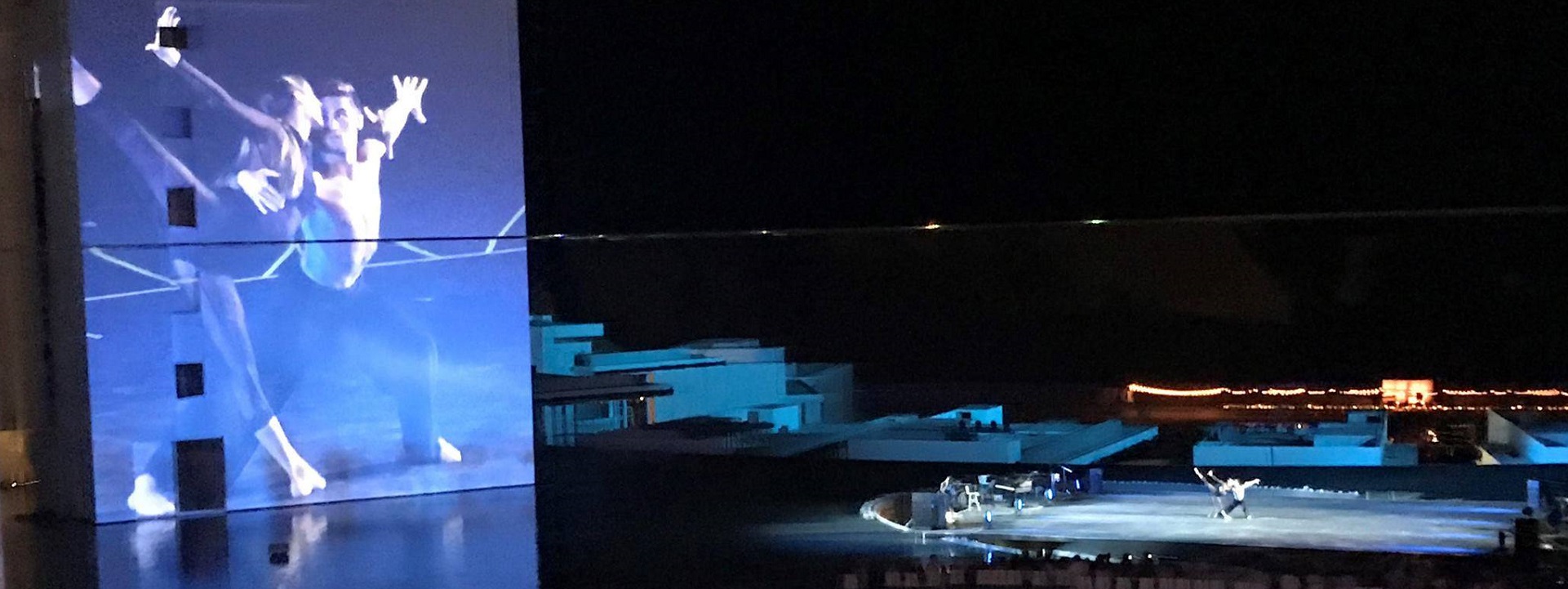
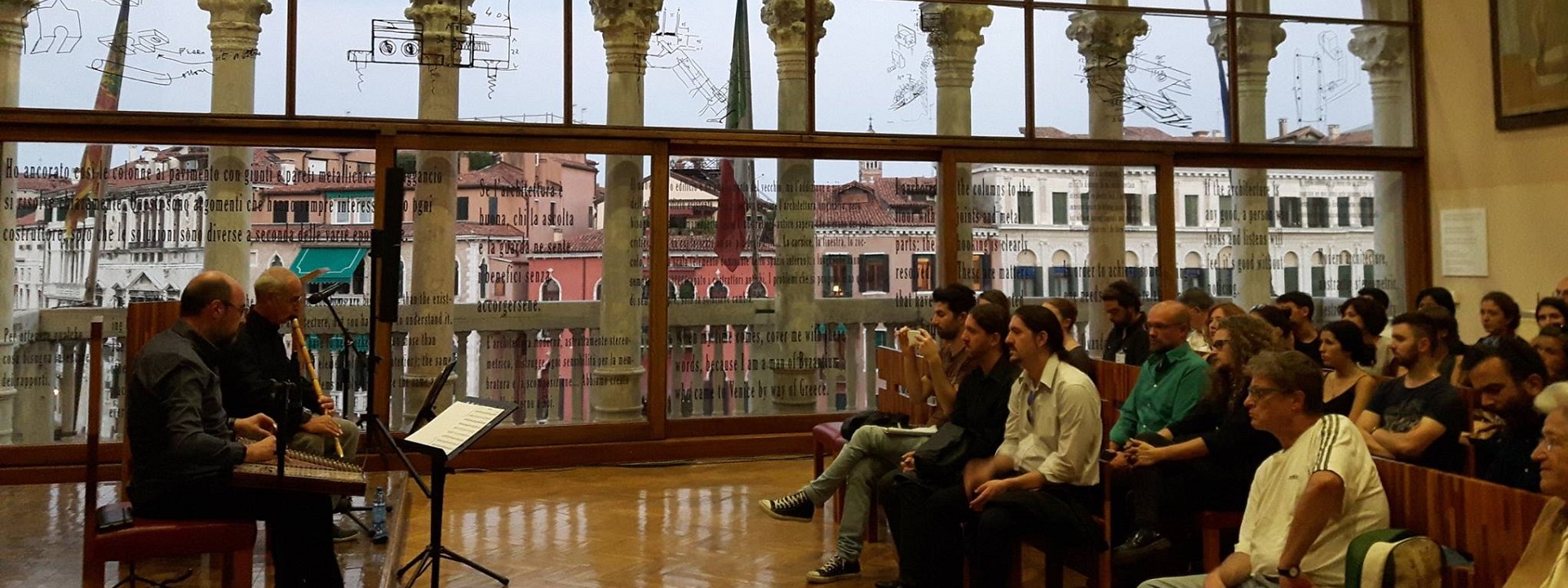
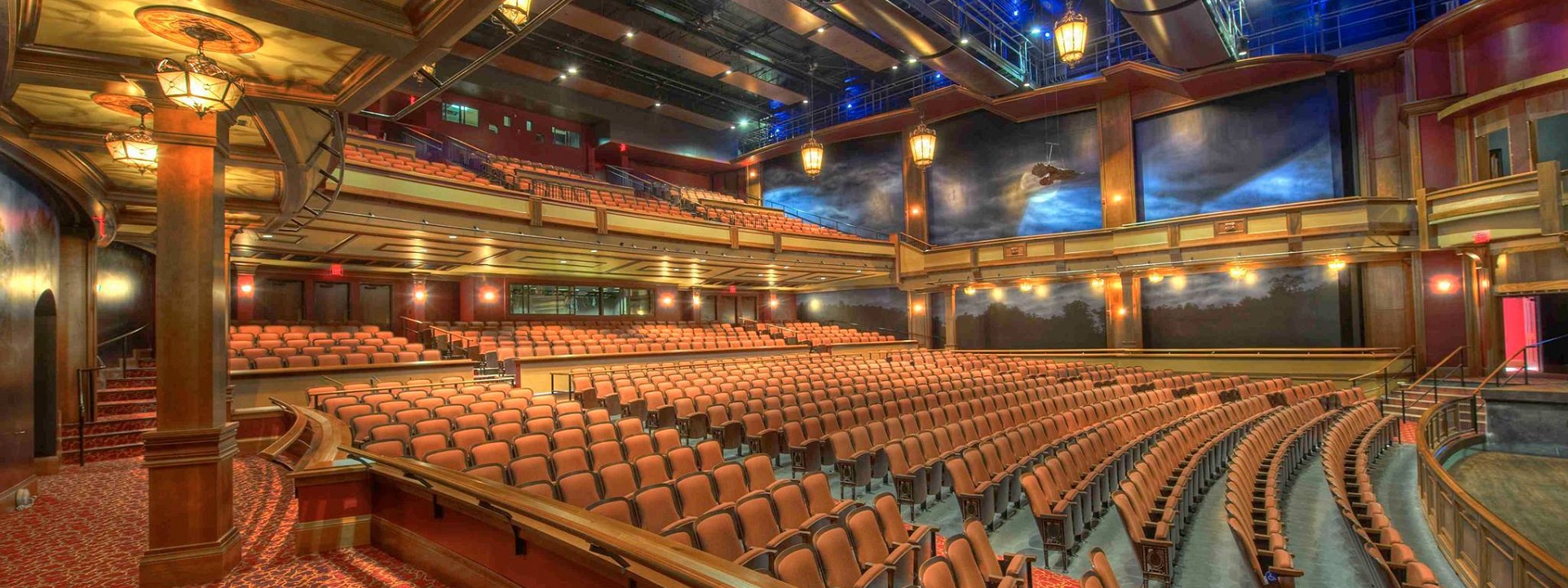
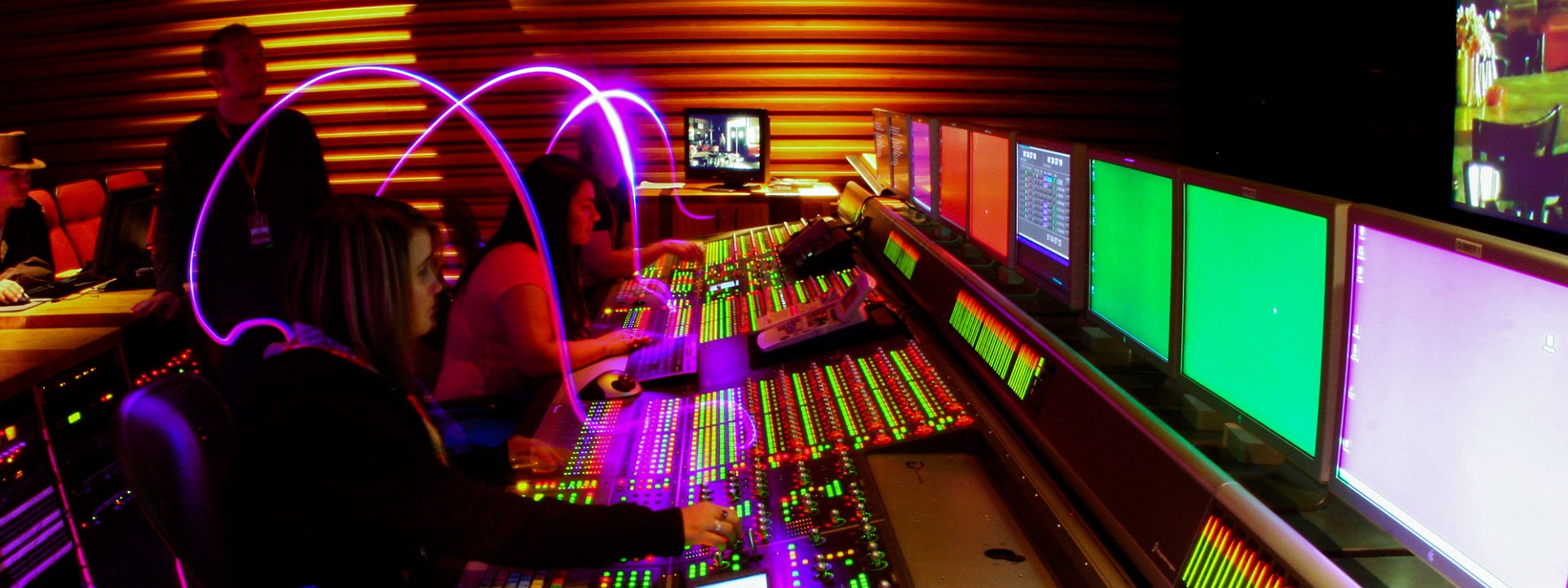
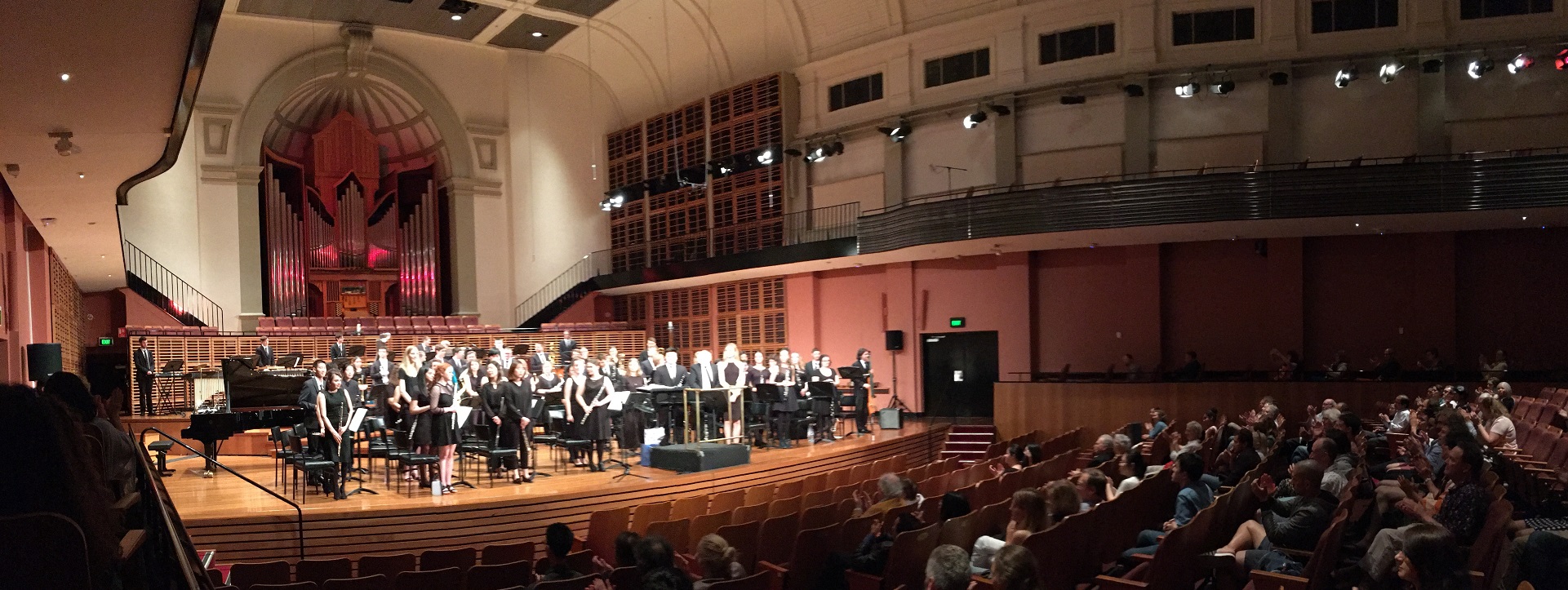
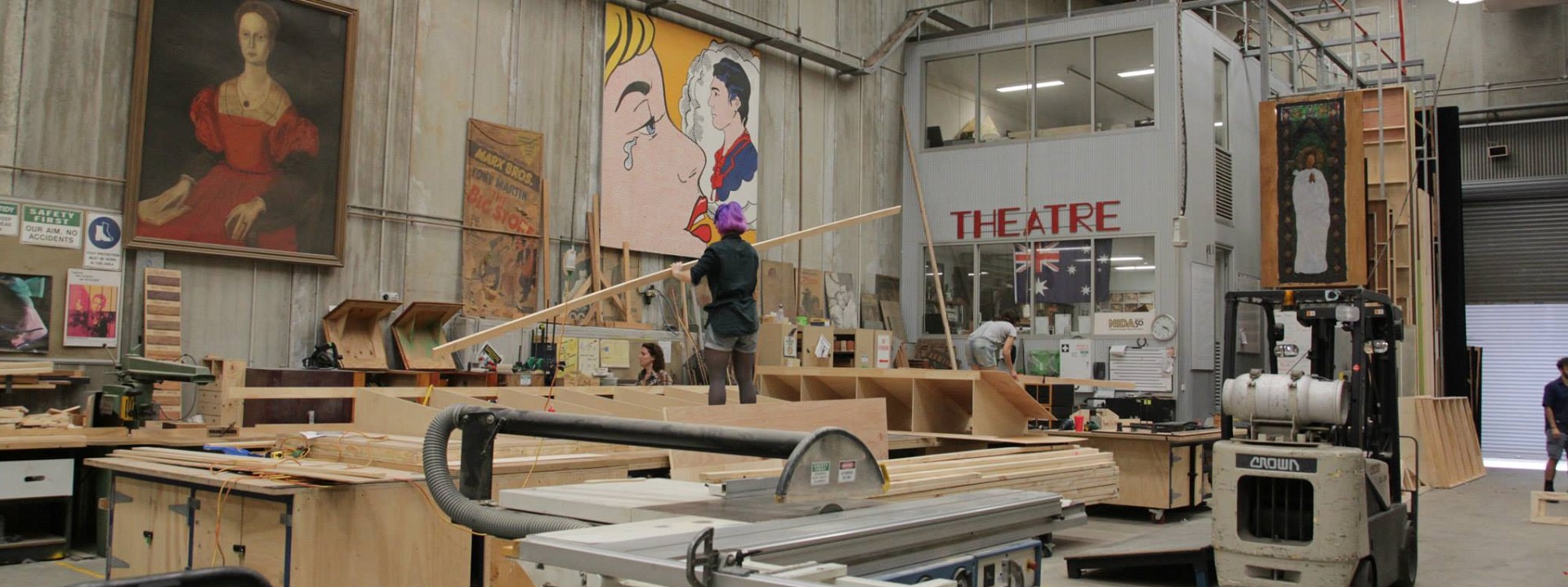
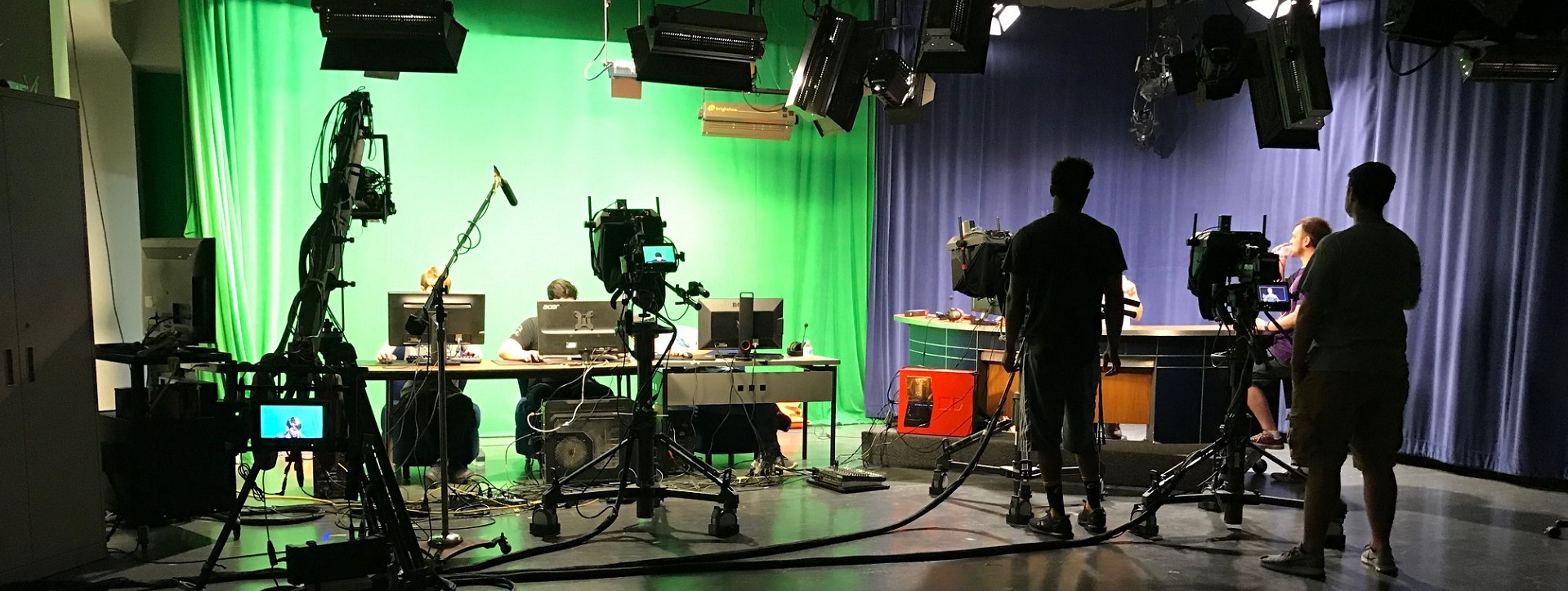
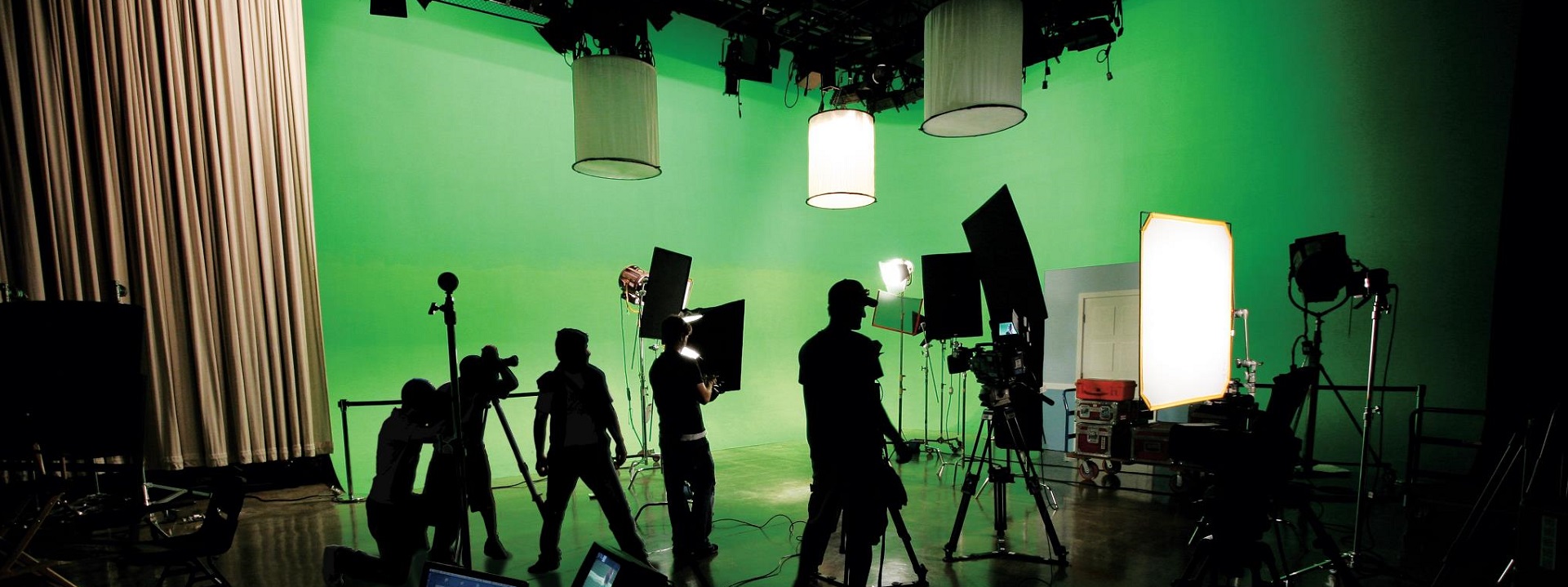
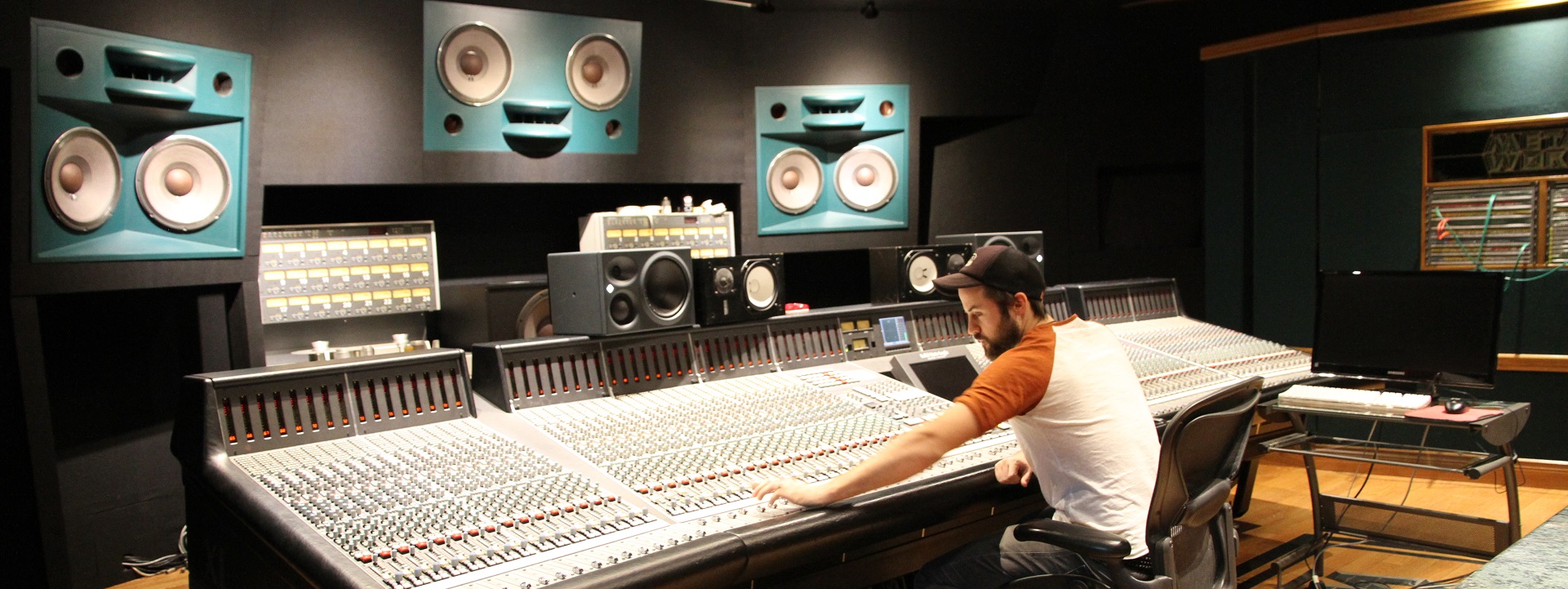
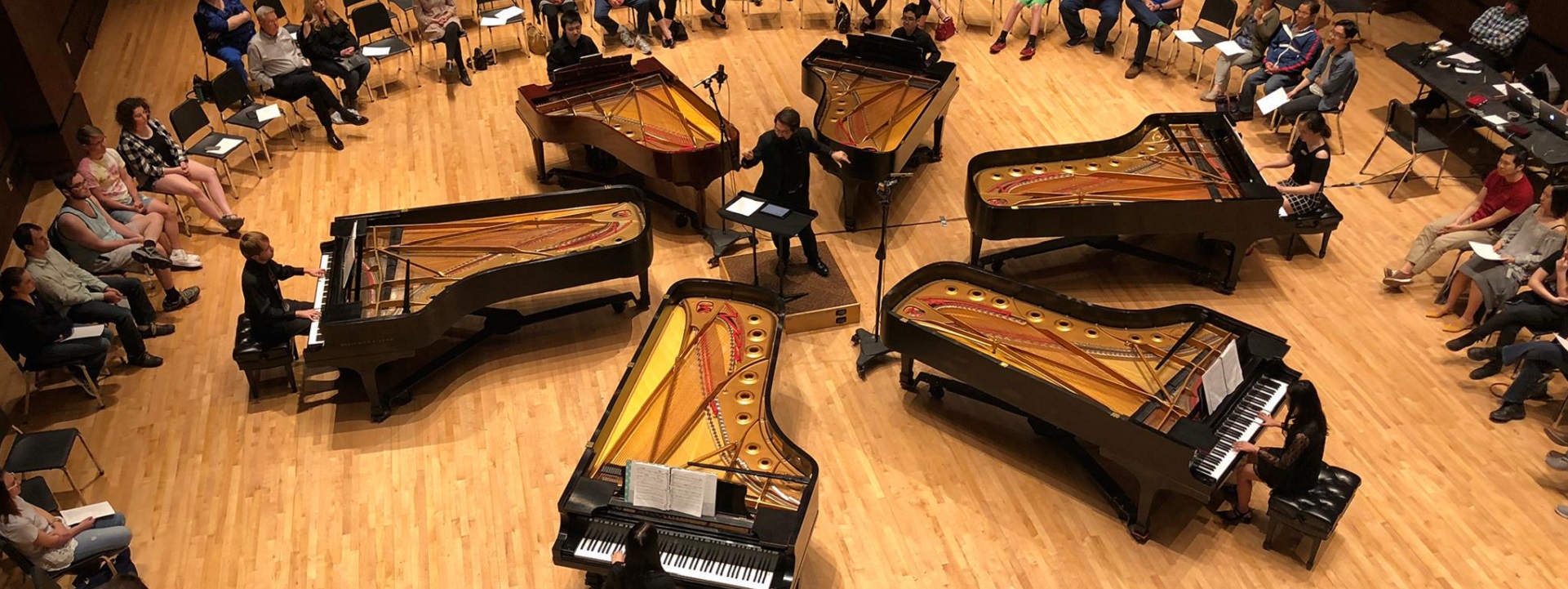
![]()
Category: Academics, Arts & Entertainment Facilities, Electrical, Telecommunication
Contact: Mike Anthony, Sanne Clare Anthony, Jim Harvey, Richard Robben
Electrical installations and Protection Against Electric Shock
Technical Committee 64 develops the International Electrotechnical Commission consensus product that covers similar territory for the global electrical power industry as NFPA 70 (National Electrical Code). Keep in mind that the safety traditions of the NFPA suite of consensus products are inspired by fire safety considerations. IEC 60363 Electrical installations and protection against electric shock — the parent document that applies to the wiring systems of education and healthcare facilities — was inspired from voltage safety.
The scope of IEC 60364 is reproduced below:
– concerning protection against electric shock arising from equipment, from installations and from systems without limit of voltage,
– for the design, erection foreseeable correct use and verification of all kind of electrical installations at supply voltage up to 1 kV a.c or 1,5 kV d.c., except those installations covered by the following IEC committees: TC 9, TC 18, TC 44, TC 97, TC99
– in co-ordination with TC 99, concerning requirements additional to those of TC 99 for the design, erection and verification of electrical installations of buildings above 1kV up to 35kV.
The object of the standards shall be:
– to lay down requirements for installation and co-ordination of electrical equipment
– to lay down basic safety requirements for protection against electric shock for use by technical committees
– to lay down safety requirements for protection against other hazards arising from the use of electricity
– to give general guidance to IEC member countries that may have need of such requirements
– and to facilitate international exchanges that may be hampered by differences in national regulations.
The standards will not cover individual items of electrical equipment other than their selection for use. Safety Pilot Function: Protection against electric shock.
KUPDF Commentary on 60364 and comparisons with NFPA 70 National Electrical Code
Since neither the USNA National Committee to the IEC (USNA/IEC), nor the US Technical Advisory Administrator (National Electrical Manufacturers Association) has a workspace set up for responding to IEC 60364 calls for public comment, we set one up for ourselves several years ago for education facility and electrical engineering faculty and students:
IEC | USNA IEC Workspace | Updated 12 June 2023
Note that anyone in the world is welcomed to comment upon IEC documents, contingent upon obtaining (free) login credentials. To review the the strike-and-bold you will need login credentials. Alternatively, you may click in to the 4-times monthly teleconferences of the IEEE Education & Healthcare Facilities Committee. See our CALENDAR for the next online meeting.
Colleagues: Mike Anthony, Jim Harvey, Massimo Mittolo, Giuseppe Parise
Solar Photovoltaic Energy Systems
Technical Committee 82 of the International Electrotechnical Commission is charged with preparing international standards for the full length of the solar energy power chain The span of the power chain includes the light input, the cell itself, and the fittings and accessories to the end use (utilization) equipment.
Strategic Business Plan of IEC Technical Committee 82
The United States is the Global Secretariat for TC 82 through the US National Committee of the International Electrotechnical Commission (USNA/IEC) administered by the American National Standards Institute(ANSI). Standards Michigan is a long-standing member of ANSI since our “standards journey” began at the University of Michigan in 1993.
The USNA/IEC and participates in its standards development processes; typically collaborating with global research and application engineers in the IEEE Industrial Applications Society and the IEEE Power and Energy Society. To advance its agenda for lower #TotalCostofOwnership for US real asset executives and facility managers Standards Michigan also collaborates closely with subject matter experts who contribute to, and draw from, the knowledge base in the IEEE Education and Healthcare Facilities Committee (E&H).
The IEC permits public commenting on its draft standards; though you will need to establish login credentials:
Your comments will be reviewed by the IEC National Committee of the country you live in, which can decide to propose them as national input for the final draft of the IEC International Standard. This approach makes it easier for individual nations to participate in IEC standards development processes because the resources that national standards bodies need to administer participation resides in Geneva and is managed there.
We collaborate with the IEEE Education & Healthcare Facilities Committee which has its own platform to tracking commenting opportunities:
As of this posting, no interoperability redlines have been released for public consultation. In large measure, IEC titles contribute to a level playing field among multi-national electrical equipment manufacturers so we should not be surprised that there are no redlines to review. When they are released we place them on the agenda of the IEEE E&H Committee which meets 4 times monthly in European and American time zones.
Log in to the E&H Committee meeting
Issue: [18-240]
Category: Electrical Power, Energy Conservation
Contact: Mike Anthony, Jim Harvey, Peter Sutherland
LEARN MORE:
[1] US Commenters must route their comments through the USNA/IEC.
[2] Many product and installation standards are developed by the Association of Electrical Equipment and Medical Imaging Manufacturers (NEMA): CLICK HERE
[3] NEMA comparison of NEC and IEC electrical safety standards
Towards Crafting Beer with Artificial Intelligence
Beer was discovered accidentally as a result of grains being left in water and undergoing fermentation. The process of making beer involves converting the starches in grains (such as barley or wheat) into sugars, which are then fermented by yeast to produce alcohol. It was often consumed as a safer alternative to water, which could be contaminated with disease-causing pathogens.
Beer was also used in religious ceremonies and was considered a valuable commodity for trade. Over time, beer-making techniques spread throughout the world, and different regions developed their own unique styles of beer; now supported by artificial intelligence algorithms that analyze chemical compounds to identify specific flavor and aroma profiles for more nuanced flavors.
Towards Crafting Beer with Artificial Intelligence
Marc Bravin, et al
Lucerne University of Applied Sciences and Arts, Rotkreuz, Switzerland
Abstract: The art of brewing beer has a long tradition that dates back to the very dawn of civilization. While the brewing process has been automated to a great extent, the creation of new beer recipes remains the result of creativity and human expertise with only minor support from software to validate chemical constraints. We collected a dataset of 157,000 publicly available recipes from all over the world and created a transformer-based model to support the creative process in brewing by suggesting new beer recipe templates. As a proof of concept, we crafted the IPA “Deeper” along a recipe generated by our model. Over 100 international newspapers and radio stations have reported on the first AI-crafted beer from Switzerland over the past few months. For the first time, this paper reveals the underlying pipeline architecture of eight transformer networks trained end-to-end that made this remarkable success possible.
CLICK HERE for complete paper
There are several international organizations and agreements that set standards for beer production and labeling:
Smart Energy
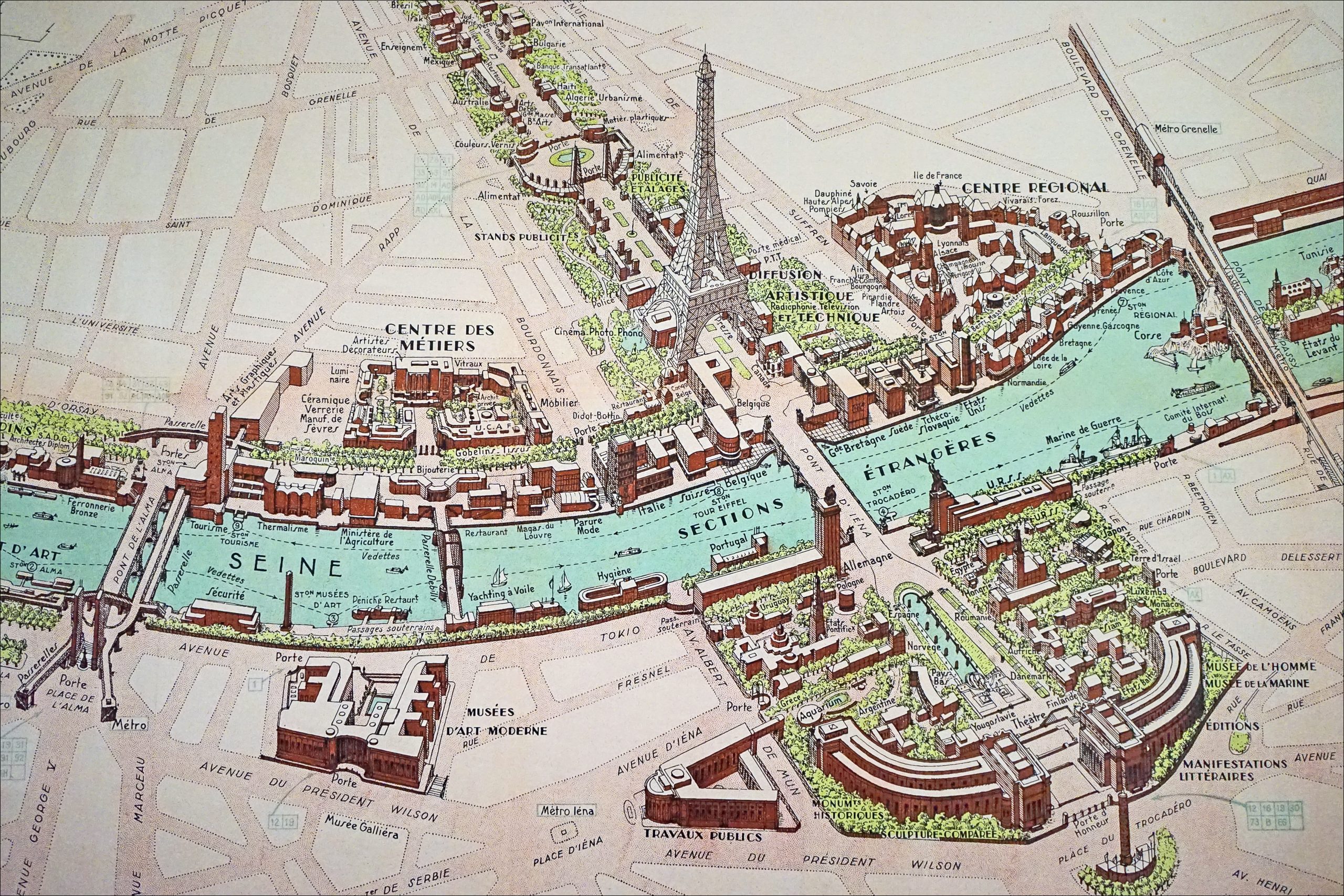
Exposition Internationale des Arts et Techniques dans la Vie Moderne / International Exposition of Art and Technology in Modern Life
We follow the administration of the the US National Committee of the International Electrotechnical Commission; a member of an international committee administered by the International Electrotechnical Commission developing global Smart Grid and Smart City concepts. Related developments happen in the following committees:
TC 8 System aspects of electrical energy supply
SC 8A Grid integration of Renewable Energy Generation
SC 8B Decentralized Electrical Energy Systems
TC 13 Electrical energy measurement and control
TC 21 Secondary cells and batteries
21/1166/CDV IEC 61427-2 ED2: Secondary cells and batteries for renewable energy storage – General requirements and methods of test – Part 2: On-grid applications | Close Date: 2023-06-16
SC 23K Electrical Energy Efficiency Products
TC 82 Solar photovoltaic energy systems
TC 120 Electrical Energy Storage Systems
TA 19 Environmental and energy aspects for multimedia systems and equipment
We limit our interest to electrotechnology interoperability issues that are present in education communities (rather than product related issues). We track coordinated action among the ISO/IEC/ITU:
ISO/IEC/ITU coordination – New work items (January 2023)
Note that there is what may appears to be a “competitor” standardization project at the ISO — TC 274 Lights and Lighting. There is enough coordination between the IEC and the ISO that we ignore the slight overlap for our purposes.
We also collaborate with other US-based and other international universities through several societies of the Institute of Electrical and Electronic Engineers (IEEE). The IEC also has several committees where leading practice is discovered and promulgated that influence electrotechnology research agendas in both the academic and business side of the education facility industry:
SyC Smart Cities: Electrotechnical aspects of Smart Cities
The ambitions of this batch of documents is to formalize the landscape of the emergent Smart City (and, accordingly, #SmartCampus) by doing the following:
- Providing the rationale for the market relevance of the future standards being produced in the parent IEC technical committee.
- Providing an indication of global or regional sales of products or services related to the TC/SC work and state the source of the data.
- Providing standards that will be significantly effective for assessing regulatory compliance.
In electrotechnology, a great deal of research is conducted in US colleges and universities — some of it funded by federal agencies; some by the corporate sector. Where appropriate we identify and highlight their research and findings — especially findings that will find a way into best practice literature that informs safety and sustainability in education communities. Many IEC titles are referenced in ISO, IET, IEEE and NFPA consensus products.
Take, for example, the Association of Medical Imaging and Electrical Equipment Manufacturers (NEMA) — the Administrator of the USNC /IEC Technical Advisory Group of the USNA/IEC — frequently releases material for US stakeholders to review. The USNA.IEC also publishes a quarterly newsletter:
There is a great deal of economic activity in this domain so we maintain our focus on the technical specifics presented in draft material. About 80 percent of the work involved in standards setting is administrative. Our focus has always been on the remaining 20 percent that involves a non-administrative skill set. Because of copyright restrictions on draft material — very common in the standards setting systems in many nations — we are mindful of releasing the full text of draft documents intended for public consultation only.
We do it this way out of necessity. There is no structured workspace provided by USNA/IEC at the moment; only emails with attachments among USNA/IEC members. Instead, we use a combination content management system hosted by the University of Michigan and the Institute of Electrical and Electronic Engineers. We coordinate our review of the state of energy sector literature here and with the IEEE Education & Healthcare Facilities Committee. All IEC products are on the standing agendas of our Energy, Power and Global colloquia. See our CALENDAR for the next online meeting; open to everyone.
Issue: [15-197]
Contact: Mike Anthony, Paul Green, Jim Harvey, Massimo Mittolo
Colleagues: Mahesh Illindala (Ohio State University), Giuseppe Parisi (Sapienza University of Roma), Loren Clark (University of Alberta). Jim Murphy (Lawrence Livermore Laboratory: University of California Berkeley), Brian Marchionini (NEMA), Paul Green (University of Michigan)
Category: Electrical, Telecommunications, Energy Management, #SmartCampus, Informatics, Information & Communications Technology
LEARN MORE:
The August eNewsletter is now available.
This issue discusses current and future practices being employed to ensure the safety of Smart Grids.https://t.co/o6Imn6grg9#IEEESG #CRAS #Safety pic.twitter.com/RBsVvya1bW— IEEE Smart Grid (@ieeesmartgrid) August 18, 2020
The @NEMAupdates Intelligence Portal pulls together targeted content from a wide variety of sources to keep Members apprised of the policy environment. Members can login here for more information: https://t.co/w0ublpgse0 pic.twitter.com/HoXaQsvycf
— NEMA (@NEMAupdates) July 29, 2020
An introduction to the IEC
| The IEC was founded by a group of pioneers in the field of electricity and electrotechnology, including prominent figures such as Charles Le Maistre, Lord Kelvin (William Thomson), Emil Rathenau, Charles Steinmetz, and Thomas Edison. These individuals recognized the need for international standardization in the growing field of electrical engineering, as electrical technologies were rapidly advancing and becoming more prevalent around the world. The IEC was established as a non-profit organization with the goal of creating and promoting consensus-based standards that would be recognized and adopted globally. |
New update alert! The 2022 update to the Trademark Assignment Dataset is now available online. Find 1.29 million trademark assignments, involving 2.28 million unique trademark properties issued by the USPTO between March 1952 and January 2023: https://t.co/njrDAbSpwB pic.twitter.com/GkAXrHoQ9T
— USPTO (@uspto) July 13, 2023
Standards Michigan Group, LLC
2723 South State Street | Suite 150
Ann Arbor, MI 48104 USA
888-746-3670


